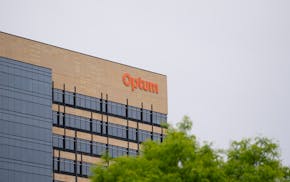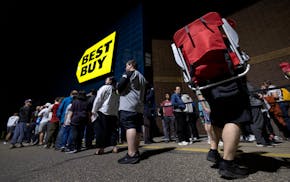Burnsville paramedics will be among the first in Minnesota to transfuse blood while en route from accident and trauma scenes as part of a new program that aims to hasten patients' care and improve their odds of survival.
Ambulance rides from the south metro suburb can take 20 minutes, and that delay can be problematic if bleeding patients don't receive transfusions until they reach hospital trauma centers, said Neal Dwyer, an assistant chief for the Burnsville Fire Department.
"It's all about the minutes, right? Minutes really do matter when it comes to blood loss," he said.
Fire departments in Washington, D.C., and San Antonio were among the first to offer prehospital blood transfusions, based on successful reports from military medics and air ambulance crews. San Antonio reported in 2021 that fewer patients with hemorrhagic shock (severe blood loss) died in trauma centers if they received transfusions during transport.
Burnsville launched its program last week after training its medics and firefighters on transfusion techniques and blood storage requirements. First responders previously administered saline to stabilize patients during transport until they received blood at hospitals. The department expects its medics will perform one to two blood transfusions per month for patients with severe bleeding and plummeting blood pressure.
Whole blood only lasts 21 days after donation. The department will return any unused blood units after seven days to Memorial Blood Centers so the donor agency can reroute them to hospitals before expiration.
"The worst thing we could do is waste blood. We don't want to do that. It's already in short supply," said Burnsville Fire Chief BJ Jungmann, who encouraged people to support the program by donating blood.
Medics won't have time at accident scenes to crossmatch patients with blood supplies, so all of their units will be O positive, which is safe for patients of any blood type.
A fire truck carries the blood to emergencies in a climate-controlled cooler, along with equipment to warm it for transfusion.
"We had to meet all of the requirements of a blood bank," Jungmann said, "just on wheels."

UnitedHealth sues the Guardian, alleging defamation in coverage of nursing home care

Prices for international flights drop as major airlines navigate choppy economic climate
Minnesota's med spa industry rises in popularity — and with little regulation

Hundreds line up at Best Buy to nab Nintendo Switch 2, in scene like '90s opening parties

